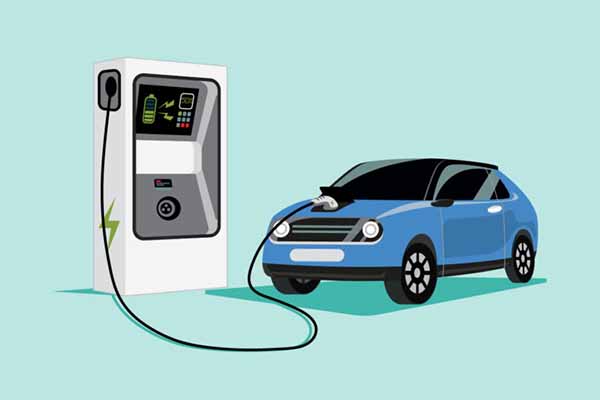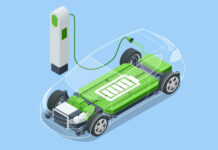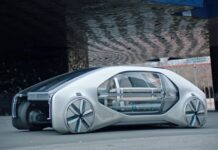Electric vehicles (EVs) have come out as a ray of hope for the global community. Electric Vehicles are expected to make our world less polluted and eventually help in achieving zero emissions. Although, if that needs to happen, there is a need to bring about a lot of diversity and innovation. If we see the numbers, India has recorded a 333% year-on-year growth in Electric Vehicle sales. This is when we have been coming out of a destructive pandemic. This speaks amply of the public interest and willingness to accept Electric Vehicles. Several key areas need to be examined if India is to become a $200 billion-plus EV market by 2030.
Smaller charging times are a critical supporter of increased EV adoption. Encouraging the development of high-current charging infrastructure and high-voltage Drivers will spend less time waiting at charging stations. From the charging inlet to the connections, battery, and wiring, contactors, every element must be built to withstand the greater temperatures associated with high-voltage and fast charging.
Challenge:
One of the main reasons why Electric Vehicles are already not a popular mode of commute is actually the challenge of charging these vehicles. You just fill the tank and drive off for hundreds of km because the ICE vehicles are plug-and-play. When the fuel gets empty, you go to fill the tank refilled immediately at the petrol bunk. It will take many hours to charge EV again. To make Electric Vehicles successful and popular, manufacturers need to find ways to charge the vehicles easily. Development and Innovations of fast chargers that can rotate the long hours into around the same time that the food/grocery delivery apps take are needed. Promote battery swapping is one of the ways to do this. However, that also needs a policy framework, a lot of clarity, and standardization of tech to become universal.
Battery chemistry is the other key concern. In recent times, we have seen Electric Vehicles catch fire, and batteries run out very fast. The development of battery tech has not kept pace with EV tech improvements. Battery manufacturers are still in look to fully embrace Lithium-ion tech. There is a rising demand for better, easily changeable safer, and more suitable tech such as aluminium–solid fuel cells,graphite and others.
Modern Features:
We have seen Electric Vehicles not just as vehicles that run on clean tech, but as the most modern tech in terms of mobility. Integrated AI, digital components, and IoT have already made driverless vehicles a reality. Driverless cars can not only make long-distance trips more pleasant by eliminating driver tiredness and the risks it poses, but they also make mobility possible for those who are facing physical challenges. Autonomous vehicles will enable people with disabilities to commute with confidence and without depending on others.
The rapid adoption of Electric Vehicles was supported and driven by central and state government schemes. While the Indian EV industry is facing its own set of obstacles in the form of poor charging infrastructure and rising costs. Electric Vehicles being priced higher than their fossil fuel equivalent. After all these challenges, the adoption of Electric Vehicles has been growing, at a steady rate.
Manufacturing companies are managing their energies towards electrifying their vehicles, moving away from conventional fossil fuel automobiles. Though it is still in the developing stages, there is no shadow of a doubt that the Indian EV industry will reach extremely higher level.
About the author:

Irfan Khan is the Founder & CEO of eBikeGo, a sustainable mobility company that aims to make world-class electric mobility solutions that transform how people move. Mobility must transform if people are to thrive; but the industry’s emphasis is on economy & efficiency, not excellence. eBikeGo is driven towards creating a suite of customer-centric electric mobility solutions, empowering people to seize the moment and the future.















